RQ-21 Blackjack Can Now Strike With Miniature Precision Munitions
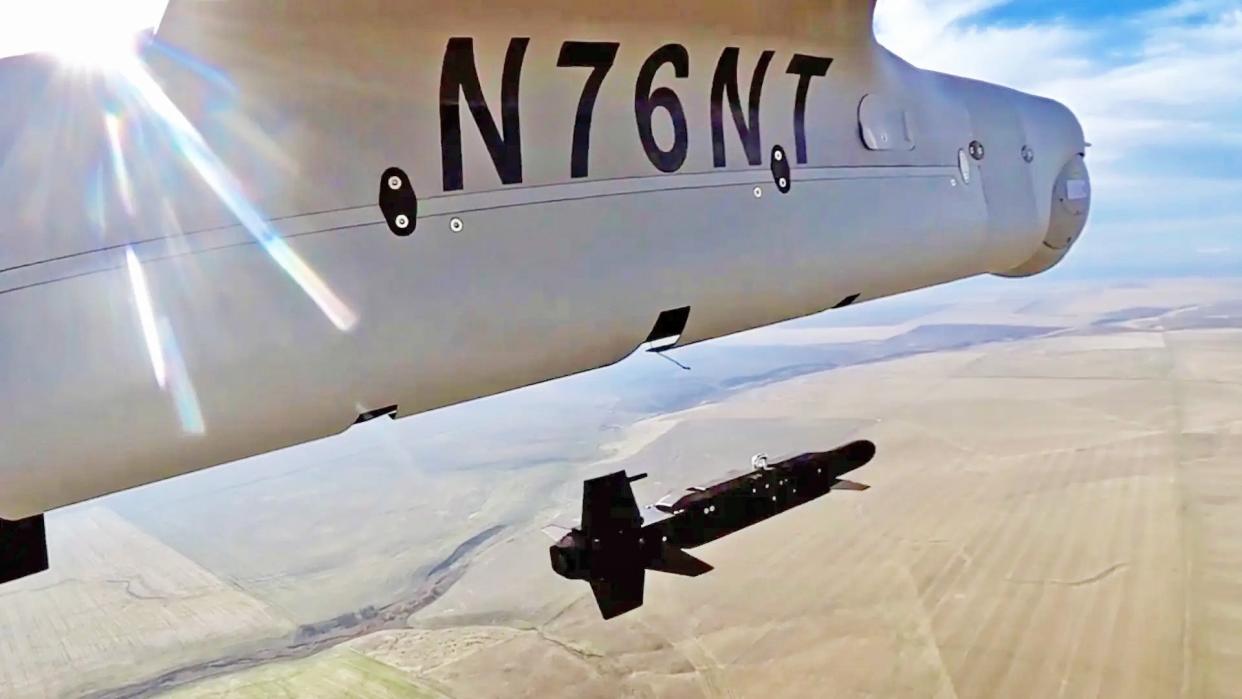
The Boeing Insitu Integrator drone, also known as the RQ-21 Blackjack within the U.S. military, recently demonstrated its ability to drop a pair of small, precision-guided Shryke munitions. The demonstration comes as part of a larger effort to give the relatively small Integrator drone kinetic capabilities, which has taken important strides in recent months.
Insitu announced the successful demonstration, and released video footage of an Intergrator with the registratopm N76NT performing said tests, on December 12. Where and when it took place exactly remains unclear.
https://www.youtube.com/watch?v=0hGVb8UgJGo
The test itself involved dropping two inert GPS-guided Shryke munitions from Integrator, which were trained on specific targets on the ground. The demonstration was conducted in collaboration with Corvid and L3Harris Technologies.
"The two rounds of munitions were seamlessly fitted into Integrator’s CG [centre-of-gravity] payload bay and several mission sorties were executed demonstrating advanced navigation, targeting, and payload delivery systems," Insitu’s Vice President of Programs, Engineering & Flight Justin Pearce said.
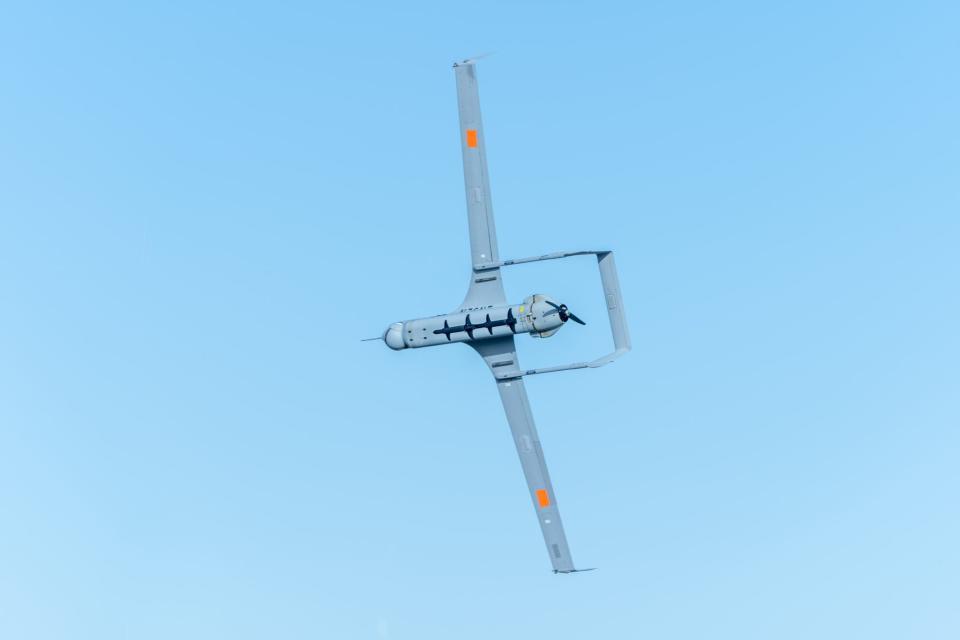
Integrator is a multi-mission, long-endurance uncrewed aerial vehicle (UAV). The baseline configuration has a wingspan of 16 feet and a length of 8.2 feet. It features a maximum endurance of over 24 hours and a ceiling of 19,500 feet, and can travel at a maximum horizontal speed of 90+ knots (over 103 miles per hour).
https://www.youtube.com/watch?v=lK3ztj8itEs
Typically, the type is launched via trailer catapult and recovered via a line and hook system. The UAV can also be adapted for vertical takeoff via an additional carrier system, and also comes in an extended-range configuration.
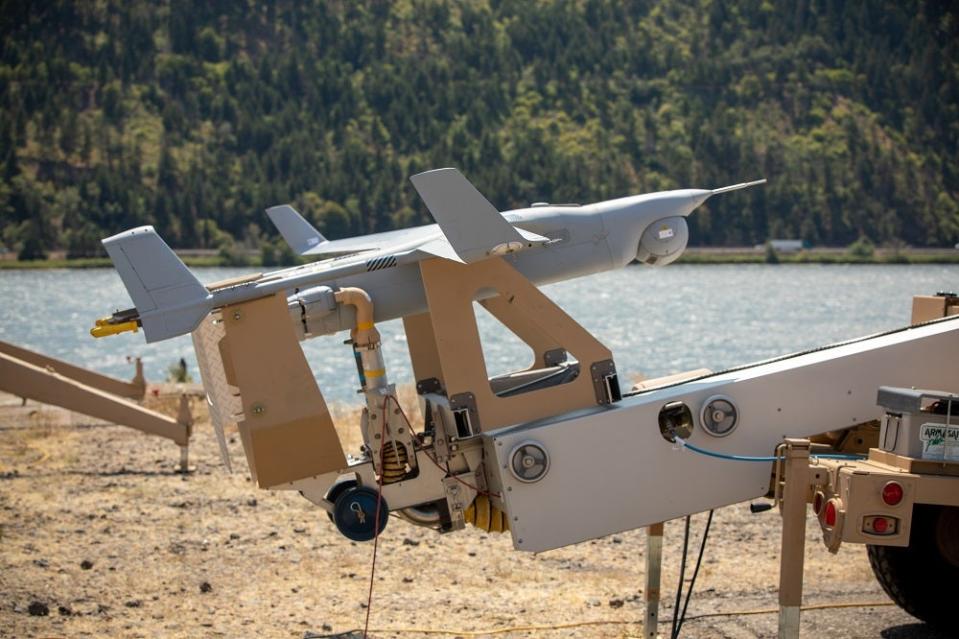
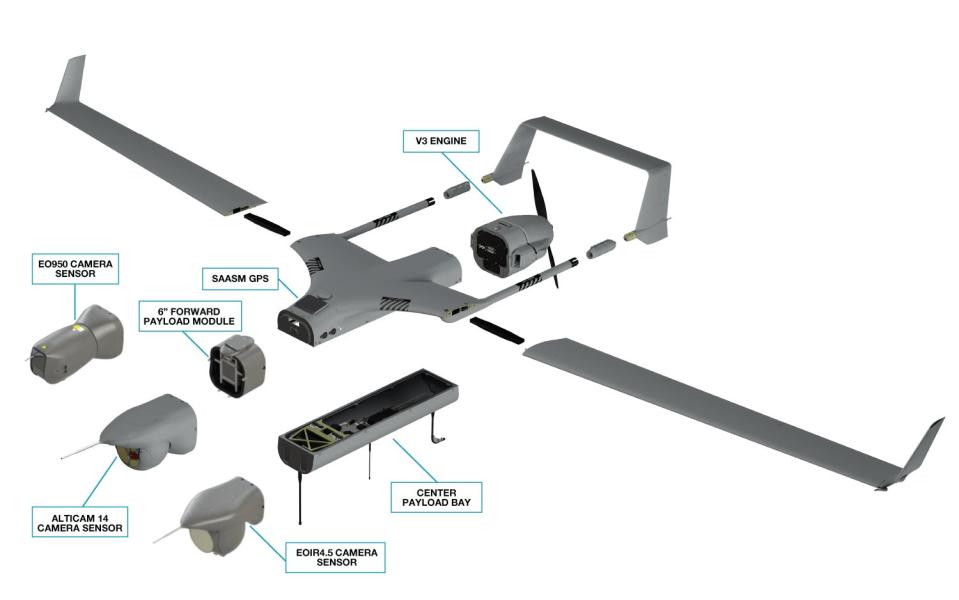
https://www.youtube.com/watch?v=rFUdDBs4r3o
One of its key features, as we've noted previously, is its modular payload capacity, known to accommodate synthetic aperture radars, wide-area motion imagery (WAMI) sensors, and wide-area maritime surveillance sensors for intelligence, reconnaissance and surveillance (ISR), as well as signals intelligence packages. In addition, it also features a sensor turret with electro-optical and infrared cameras under its nose. The drones generally work within line-of-sight of their control centers but they can also operate farther away when fitted with miniature beyond line-of-sight satellite datalink systems.
As the company notes, it can accommodate 40 pounds of payload weight via six payload spaces — equating to roughly a quarter of its maximum takeoff weight.
Few details are presently available regarding Shryke munitions, developed by Corvid Technologies with L3Harris. While Insitu specifically mentions GPS guidance, further information on the munition's other features aren't available. However, they would appear to be very small, given that Integrator runs just over eight feet long, and two of them can fit into the drone's payload section.
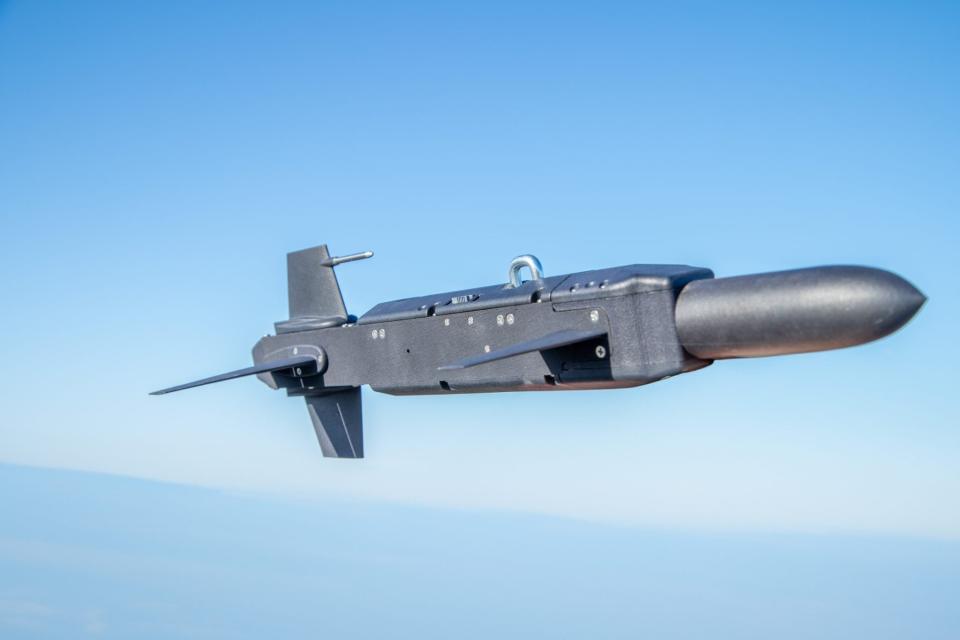
"We were able to demonstrate a low signature munition with a safe separation sensor, fuze, and warhead on Integrator," during the recent demonstration said Kyle Bowen, Corvid Technologies director of Business Development. "Integrator delivered the munitions within 1-2 meters of the target in each test flight. We couldn’t have asked for a more successful demonstration."
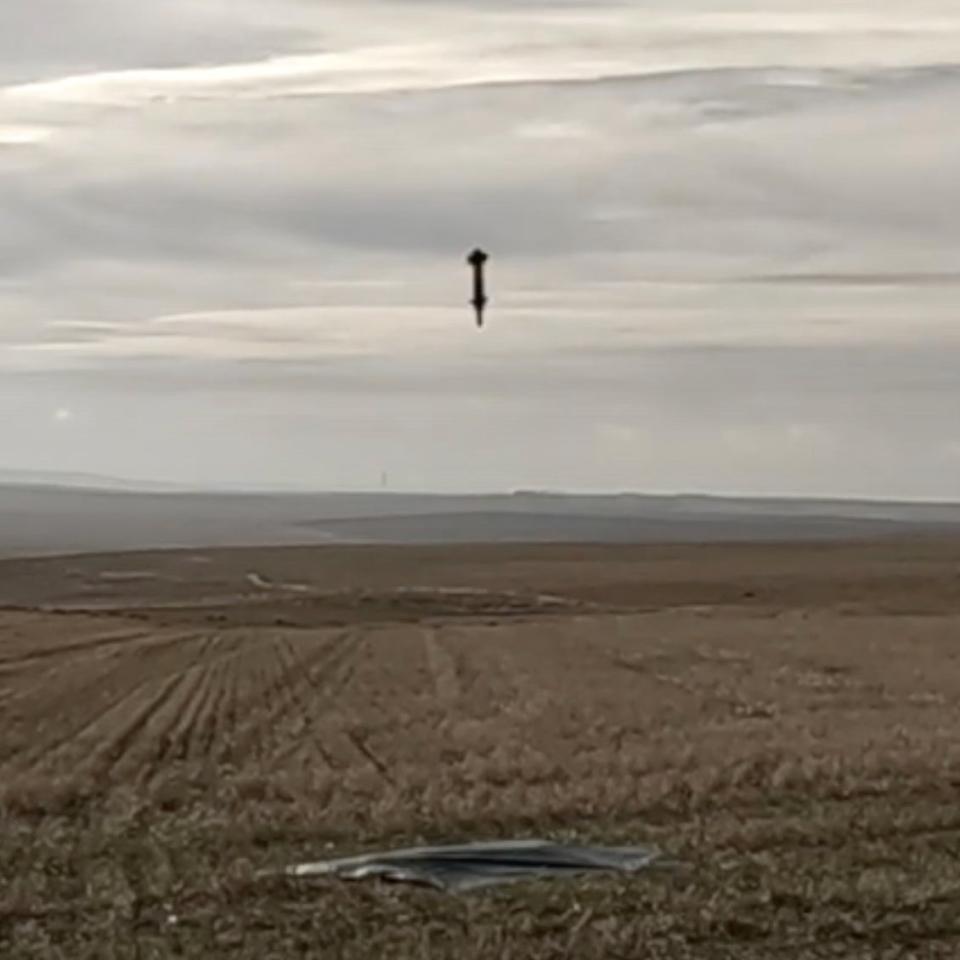
Alongside Shryke, Integrator was equipped with L3Harris’s MIL-STD-1316 Electronic Safe and Arm Device (ESAD).
"The ESAD was designed for applications that require a reliable arming and firing sequence with precise timing events, as well as vital personnel safety precautions," said Steve Stasiak, L3Harris Technologies’ general manager. "We were able to validate this capability on Integrator and are very pleased with the way the ESAD configurations performed during the flight test."
The demonstration comes after Insitu formally announced work on weaponizing Integrator in September this year. The War Zone indicated the likelihood that the company was working on integrating small munitions on Integrator back in December 2021, following the release of images by the Navy showing small quadcopter drones, as well as what looked like small munitions or other expendable payloads, as part of an Integrator payload module.
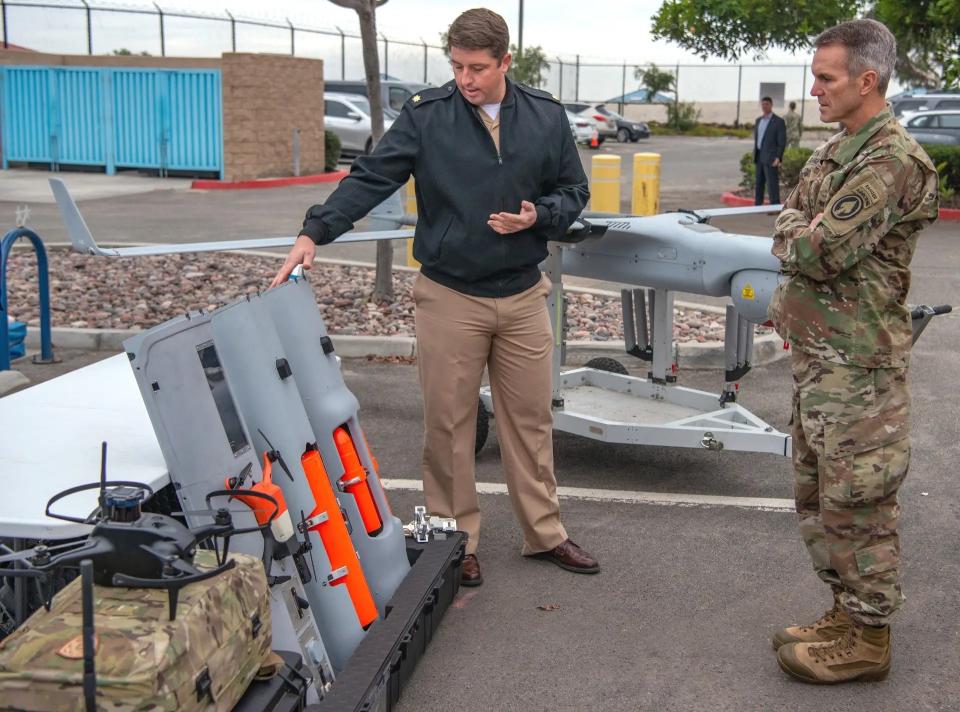
We now know that at least one of the payload options seen then was connected to efforts to weaponize Integrator. In September 2021, Insitu recently revealed, a Blackjack was used to deliver various inert kinetic payloads for a U.S. Navy test program. That UAV launched "surrogates of the Northrop Grumman Hatchet" and other unspecified munitions, Janes reports. You can read more about the Hatchet miniature munition in this past War Zone piece.
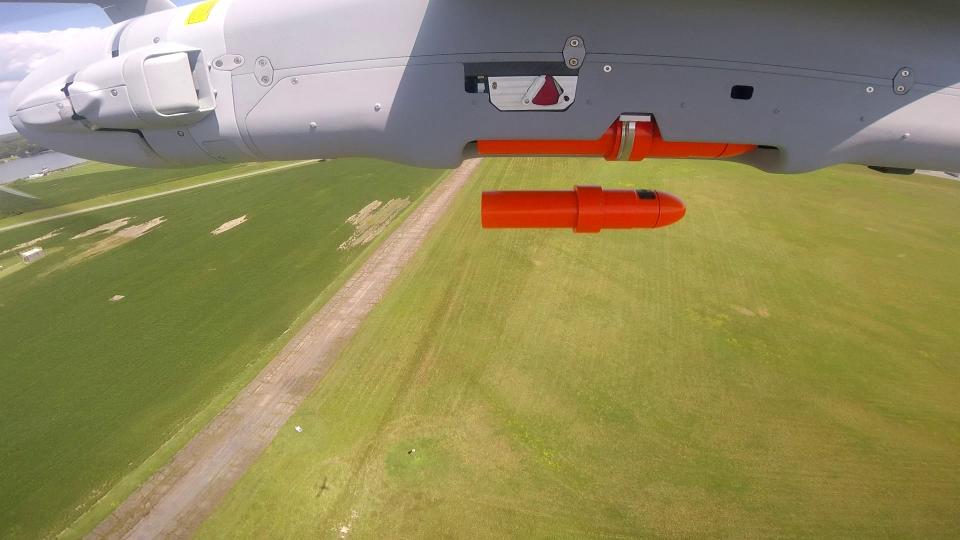
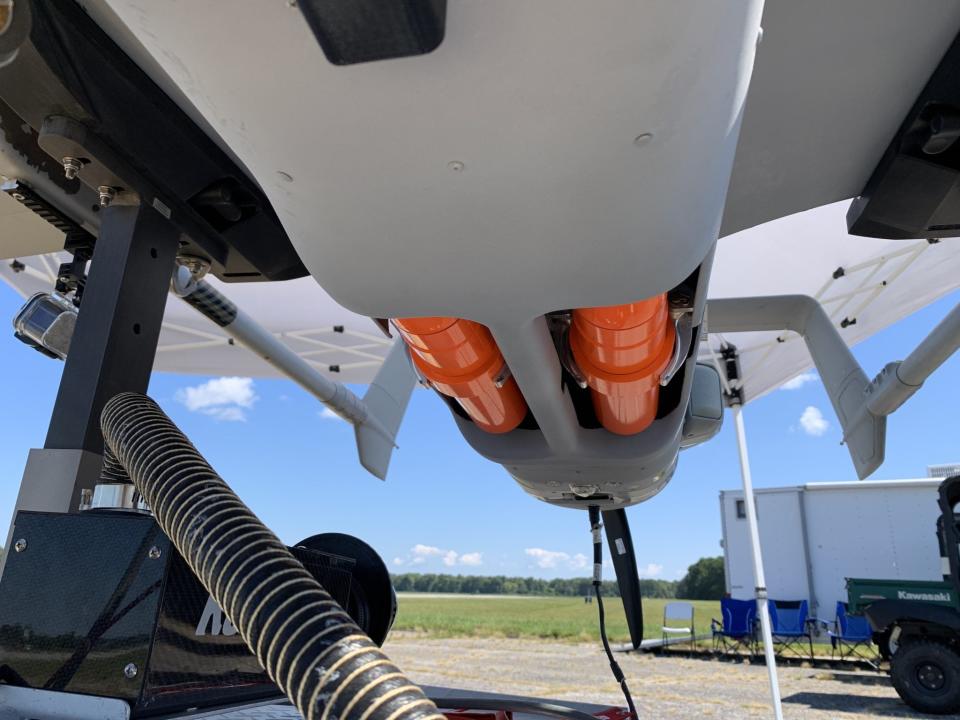
Testing of additional munitions, produced by different manufacturers, with the drone remains underway. In October, for example, it was revealed that Intergrator will soon be paired with loitering munitions manufactured by the Australian firm Innovaero for longer-range indirect strike capability. Development and testing for the Integrator/Innovaero loitering munition pairing is set to continue through 2023, UAS Vision reports.
Of course, bringing kinetic strike capability to Integrator will have advantages for the U.S. military, as well as its other operators including the Australian Army and Canadian military. For the U.S., it is presently operated by the U.S. Navy and the Marine Corps, although the latter service is in the process of divesting its entire fleet of those UAVs which should be complete by Fiscal Year 2025.
Giving the drone kinetic capabilities could make it more of an attractive option for the Marines, as well as for existing users such as the Navy and special operations units. Being able to launch munitions from these lower cost, easily deployable but high-endurance UAVs is a capability set the U.S. has been lacking, while other foreign products have seized this expanding market niche. While the U.S. military has lacked a major requirement for such a capability because it has other precision strike options, other militaries around the globe are not as fortunate.
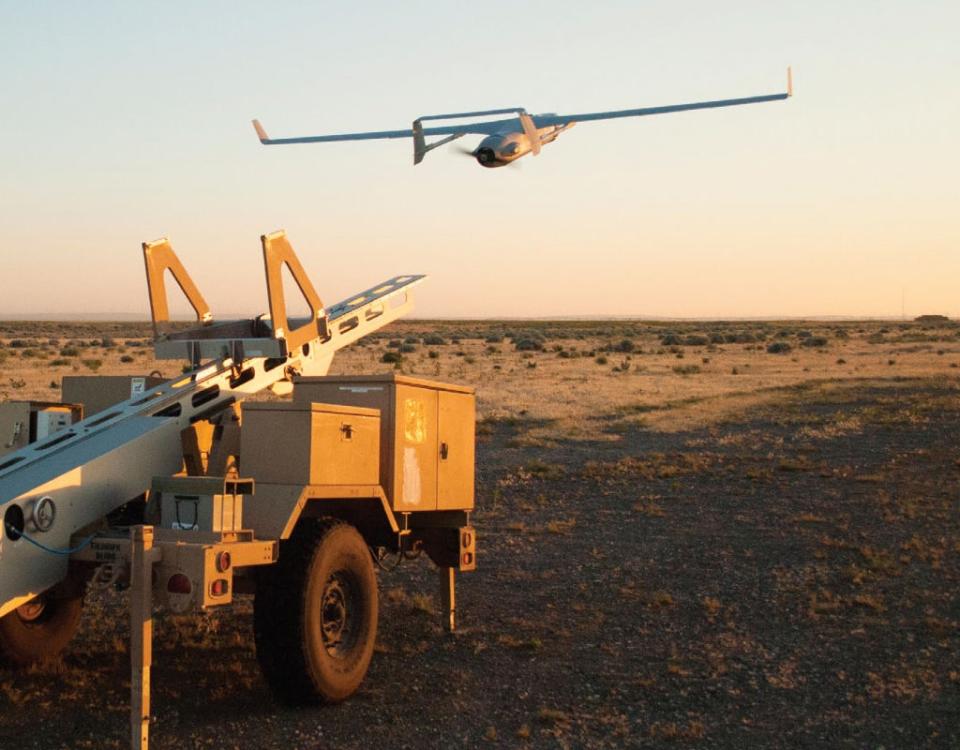
Some of these countries that are friendly with the U.S. cannot afford or are not cleared to acquire far more complex systems like the MQ-9, but could buy Blackjack. Although it offers far less capability than a Reaper, the ability to put even a small warhead on a target with great precision via a vehicle that can stay aloft for many hours and at range, as well at comparatively very low cost, is a significant capability.
It's possible that the Marines could look to reevaluate their plans to retire all their relativiely young Blackjacks now that they are receiving a kinetic capability. Everything from opportunistic strikes to force protection and even limited close air support in lower-threat environments are additional mission sets that could be fulfilled by the type. The fact that they can be deployed and operated from very austere ground environments and from ships with a small logistical footprint is equally attractive.
We’ll keep our eyes peeled for what comes next for Integrator and its use with the Navy and, for a short while longer, the Marines.
Contact the author: oliver@thewarzone.com

